Posted on 9/20/2013

There is no market segment out there in the car industry that is more important to consumers or has the ability to make or break the profitability of a car company. That market segment, of course, is the family SUV segment and it covers such a wide depth and breadth of pricing, size and luxury that you could say it mirrors the state of American families today perfectly. These vehicles are the daily workhorses used by millions to haul kids to school, perform hauling duties, tow trailers and generally be pushed to the limits of their ability. So they really, really have to be good. As follows is our list of the top ten best family SUVs on the market today and we have test driven all of them to ensure that they are the best of the best. They are all at the top of the heap when it comes to crash test safety so you can also be sure they will keep your family safe in case of an accident. And of lesser importance, they all have interiors robust enough to withstand countless juice box s ... read more
Posted on 9/13/2013
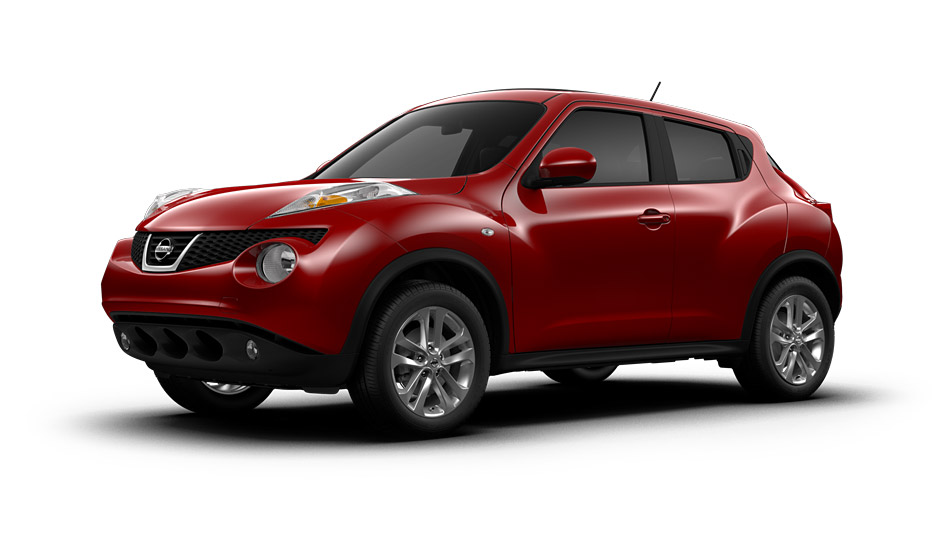
We've been talking about manual transmissions - stick shifts, as they're more popularly known - because there's just something great about changing your own gears and having extra control over your driving. Sure, automatic is great when you're stuck in LA traffic or trying to scarf a breakfast burrito on the way to the office, but for safe, efficient, enjoyable driving, manual transmissions are where it's at. In our last blog post, we showed you 5 manual transmission cars that came in under $25,000 that are ideally suited for people looking for a more enjoyable commute, who don't need to haul a lot of stuff all the time, and who want low maintenance and high mileage. This time, we'll look at manual transmission cars up to $30,000 that are better suited for a young family or someone who wants to graduate to a bit more luxury. Phot ... read more
Posted on 9/5/2013
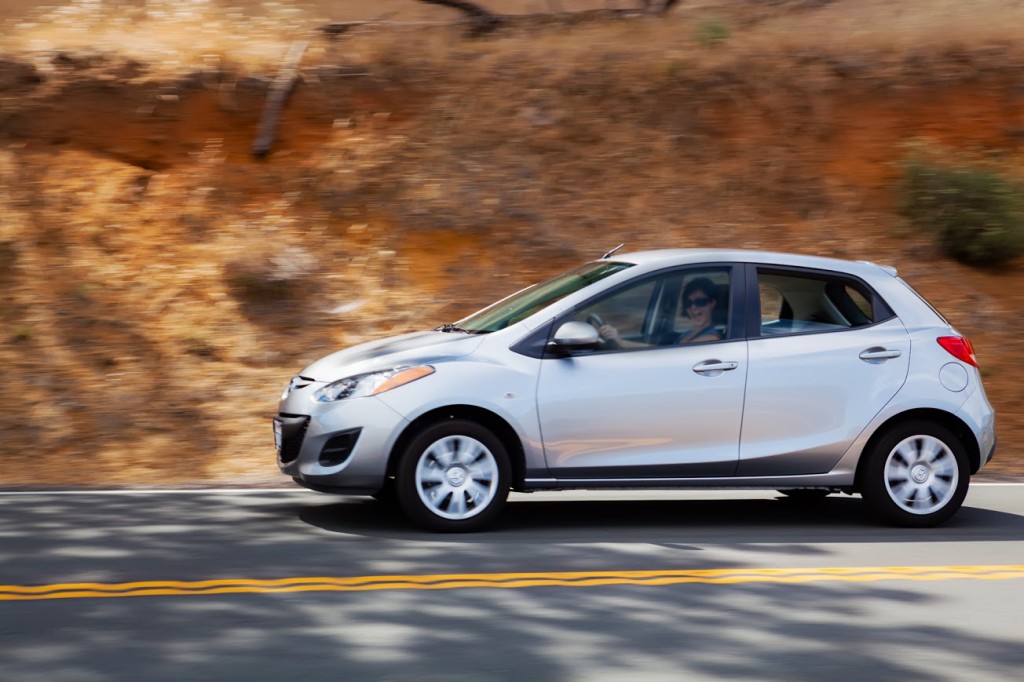
Are you the kind of person who believes the only job worth doing is the one you do for yourself? If so, then no doubt you are the type of driver who prefers to shift your own gears and work your own clutch pedal when hitting the open highway or local city streets. There are some drivers as well who claim that a manual transmission is essential to actually getting in touch with a true love of driving. But what if you don’t have enough cash in your bank account to afford that BMW sport sedan you had always promised you would buy yourself so you would learn to love your commute again? Well, there is no need to relegate yourself to the mind numbing monotony of an automatically self-shifting gearbox that won’t let you make your own driving decisions (sorry, automatic drivers). We found ten currently-available vehicles with manual transmission options that are priced below $30,000 and should be attainable by those who must work for a living. The first half of this list is for tho ... read more
Posted on 8/21/2013
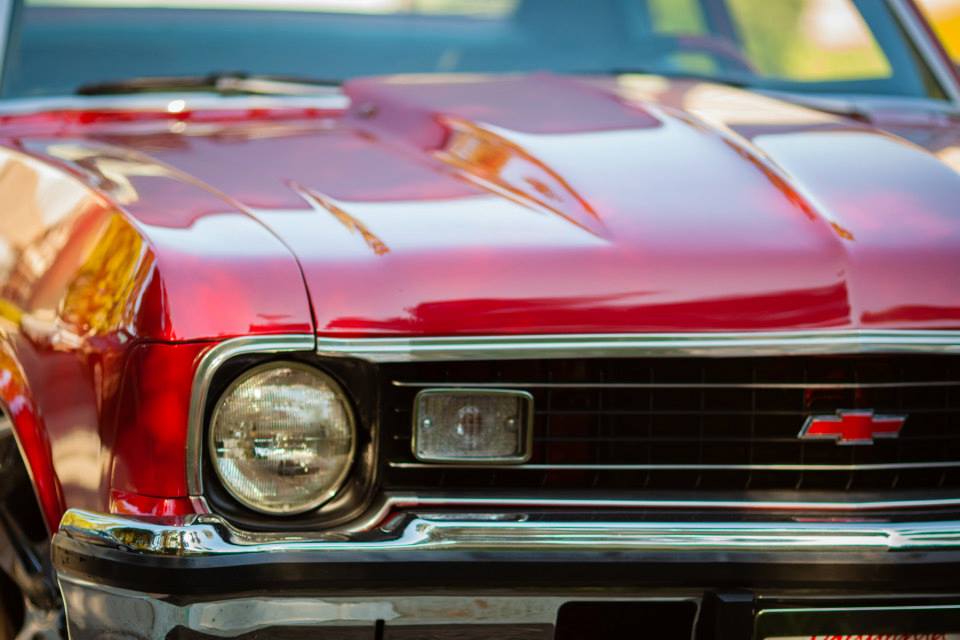
Last week we attacked some of the most popular myths about American cars and totally BUSTED them. We rounded up the 10 most widely believed myths about American-made cars that car buyers still believe and present the evidence that proves they're all talk. This week, we have the second half of our car myths ready for busting! Adam and Jamie would be proud. Myth 6: All three companies would have gone under completely without Government aid—This may have been so in the case of Chrysler and GM (and even they paid off their aid in record time) but Ford took no Government aid, borrowing instead against everything the company owned - including its own logo. This paid off and now Ford is running a huge profit on it ... read more
Posted on 8/13/2013
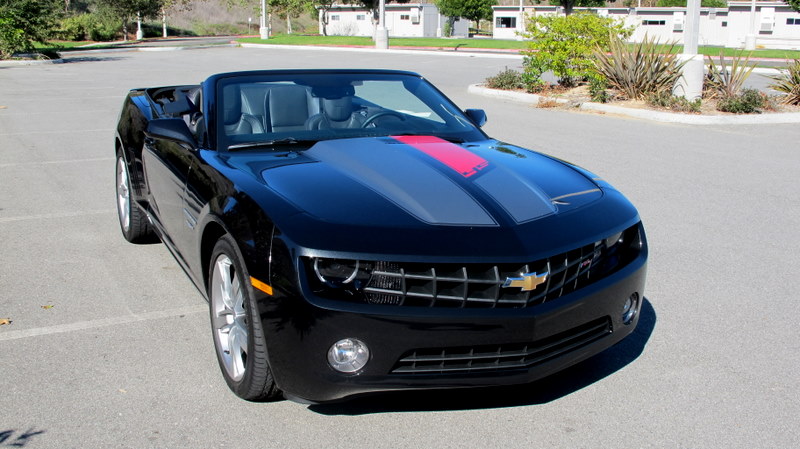
For decades, many in the car-buying public looked upon the vehicles built by “The Big Three” (also known as Chrysler, Ford and GM) as inferior pieces of engineering work and inferior when it came to quality. Sadly, there were a few years way back when that this preconceived notion about American automobiles was wholeheartedly true; they simply were not as good as the European or Japanese competition. However, it has now been years since quality surveys showed any difference in vehicle quality due to where the manufacturer is based. If you look around nowadays, carmakers like Honda, BMW and Kia are just as likely to announce a recall on one of their vehicles for a safety or quality problem. Cars, trucks, SUVs, crossovers and even minivans are still mainly assembled by and are the creations of human beings and, sadly, humans are fallible and sometimes make mistakes. So perhaps it’s time you reconsider some of your pre-held n ... read more
Posted on 7/17/2013
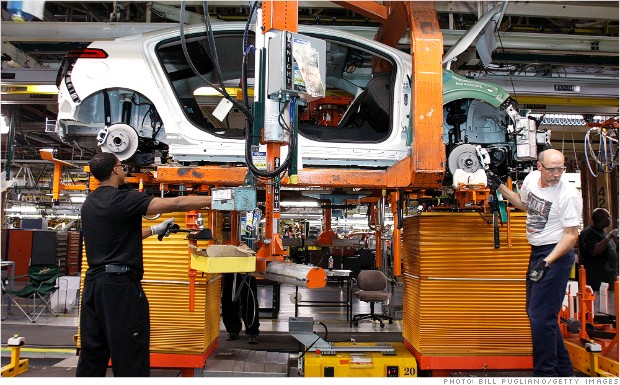
Detroit was once a haven for prosperity and American-grown innovation thanks to its booming auto industry. But in 2008, this image changed as the “Big Three” auto manufacturers – General Motors, Chrysler and Ford – began to face catastrophic losses, known as the Detroit Auto Crisis. The Big Three, looking to earn high profit margins on their cars, focused their attention on SUVs and pickup trucks, cars with low fuel efficiency, which became unpopular as gas prices soared. Once gas prices tipped above $4 a gallon, gas-guzzling cars became totally undesirable, and the Big Three saw historic losses. High gas prices coupled with the stock market crash in September 2008 all but crippled the Big Three, particularly General Motors. In November 2008, General Motors’ Chief Executive pled before Congress for support. In December, the company was granted a $13.4 loan. Sales continued to plummet for the Big ... read more
Posted on 7/10/2013
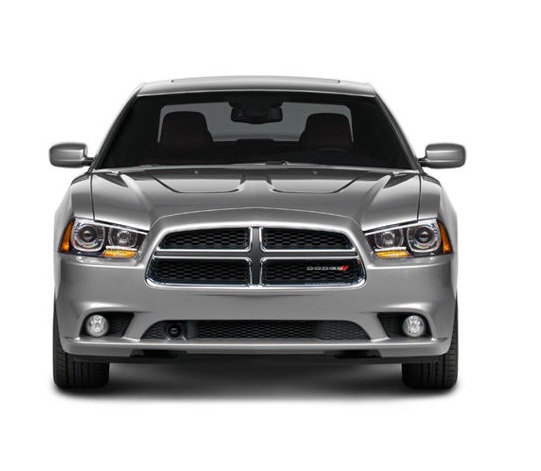
Continuing with our made-in-the-USA theme, this list of the top 10 American made cars seems fitting right after the 4th of July. Buying American is still a point of pride for many consumers, and even though some American auto makes ended up with a relatively negative reputation, there's no doubt they're seeing surging positivity now. But what's American made? It would be very easy to confuse matters here as we live in a fully global economy where Hondas are built in Ohio and Chrysler is owned by Fiat—an Italian company. But the concept of a car being “Made in the U.S.A.” even if it was built, designed and engineered somewhere else still goes a long way with many Americans. So for this list we will be sticking to the very best from Ford, GM, Chrysler and all of their many subsidiary brands. Besides, your next new car may not be 100% “American Made” but that no lo ... read more
Posted on 7/2/2013
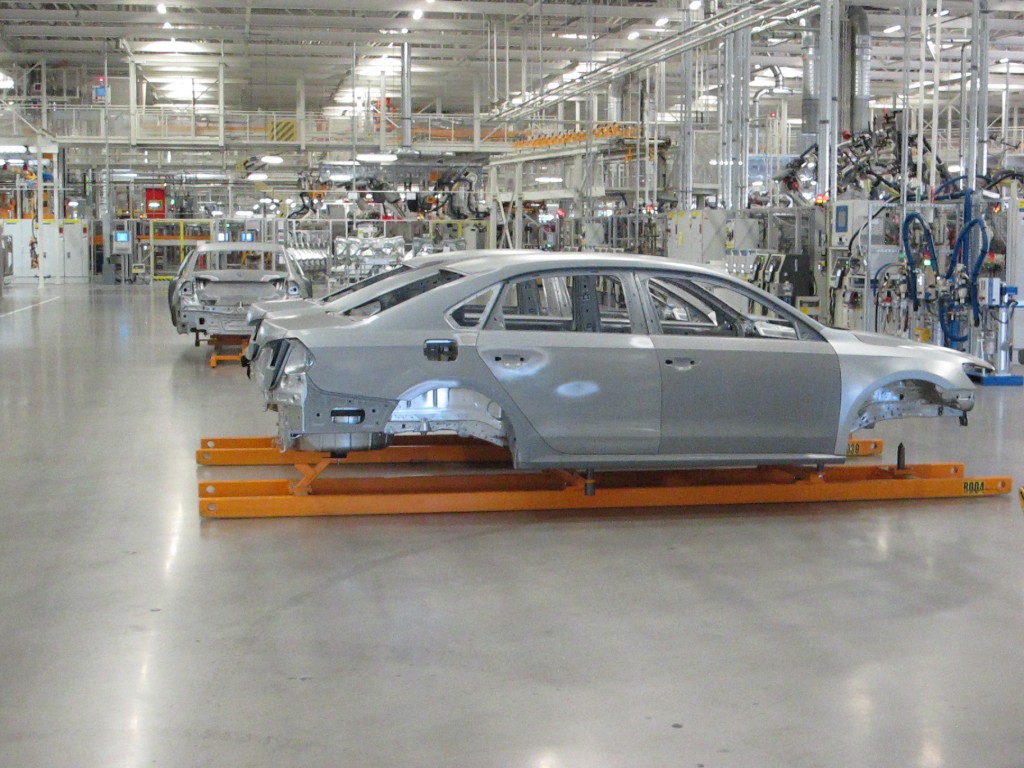
Back in 1984 when Bruce Springsteen scored one of his biggest hits with “Born in the U.S.A” things were a bit different in the auto industry. Most all Japanese and European cars were just that — built in Japan and in Europe. The Big Three built most of its cars at the time in the U.S.A with some sites in Canada and Mexico proving exceptions but not the rule. Being made in the USA was a source of pride. But then, with the weakening of the value of the U.S. dollar and currency fluctuations around the globe it became prudent business sense for Japanese and European automakers to start building cars on U.S. soil. Honda, which opened its first U.S. Accord plant in Marysville, Ohio in 1985 just last year built 81% of its cars in the United States and Canada with a similar percentage of U.S. sourced parts content. What all of this has meant are more jobs for U.S. workers as the mark ... read more